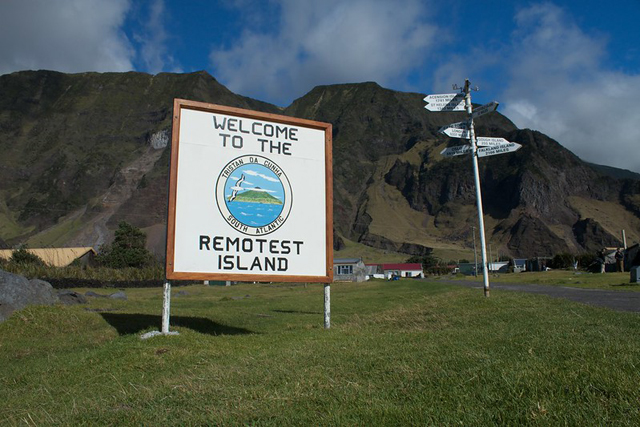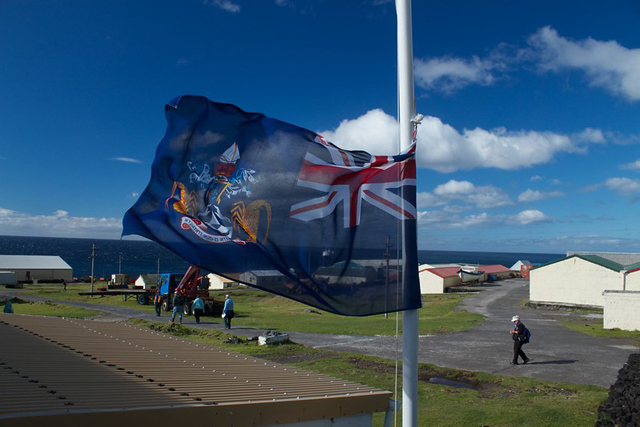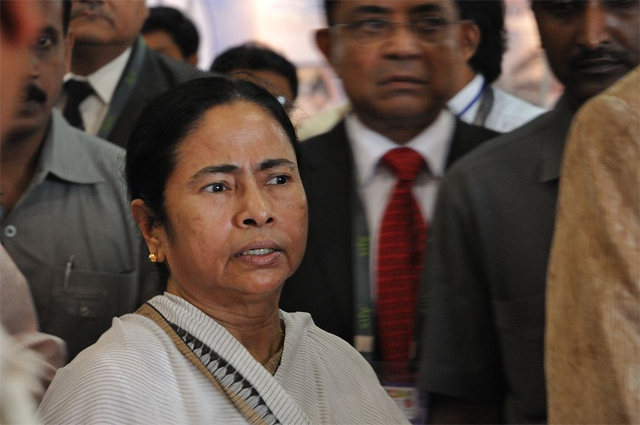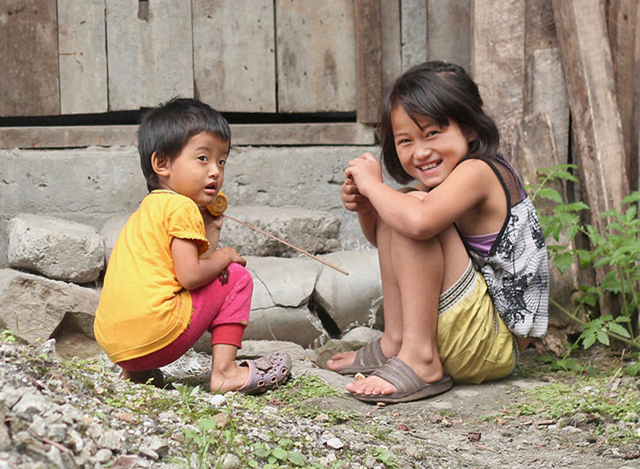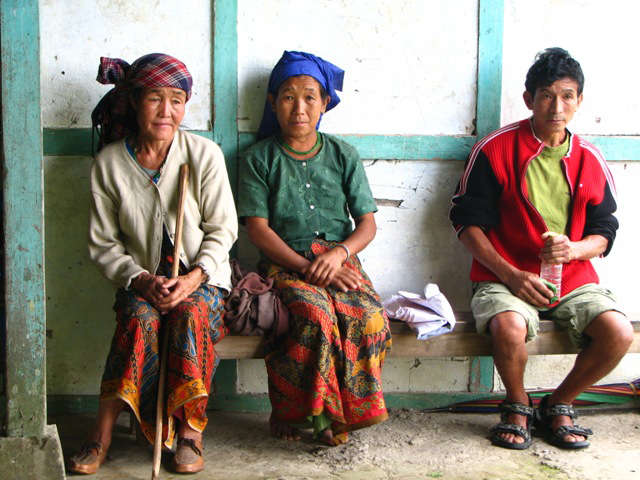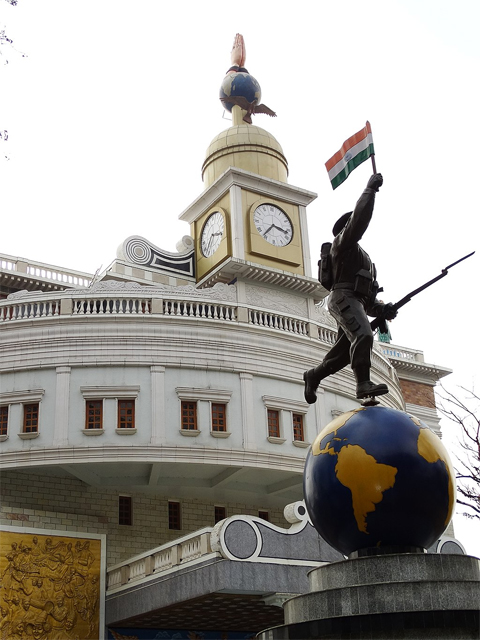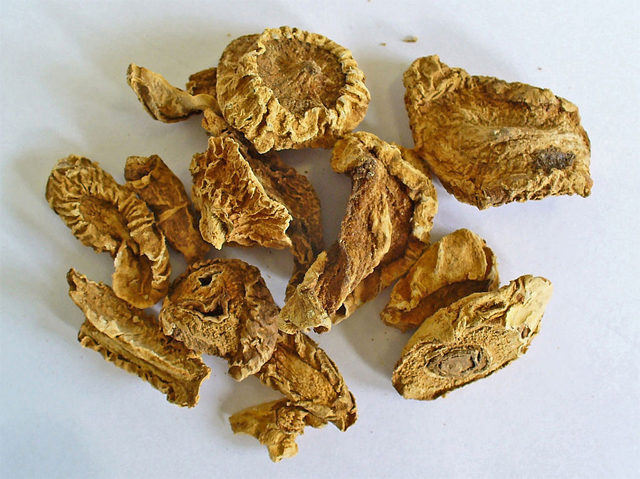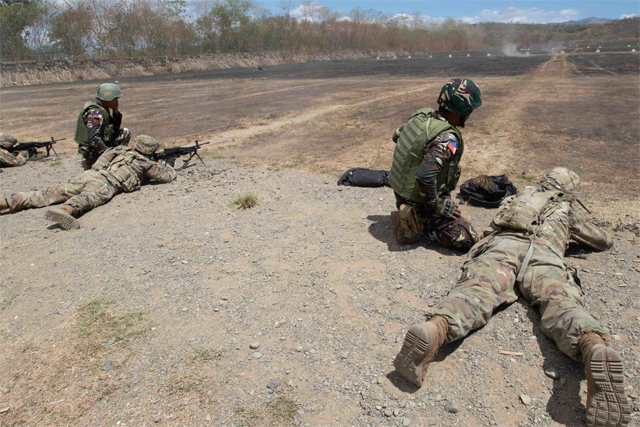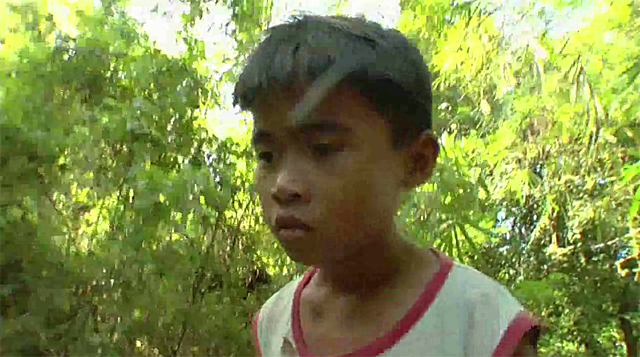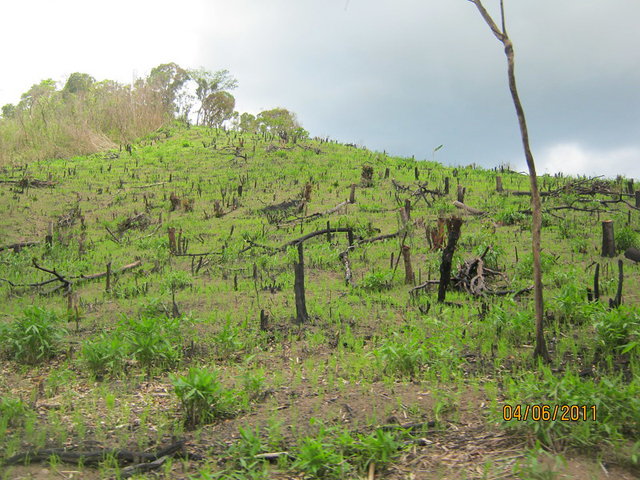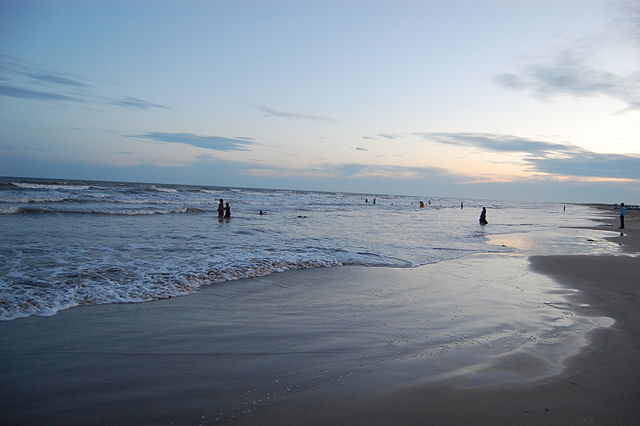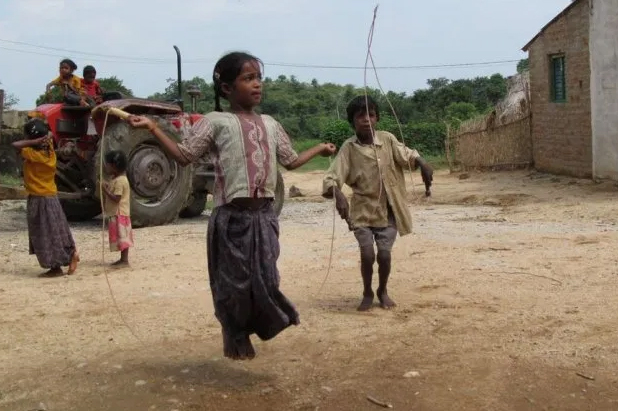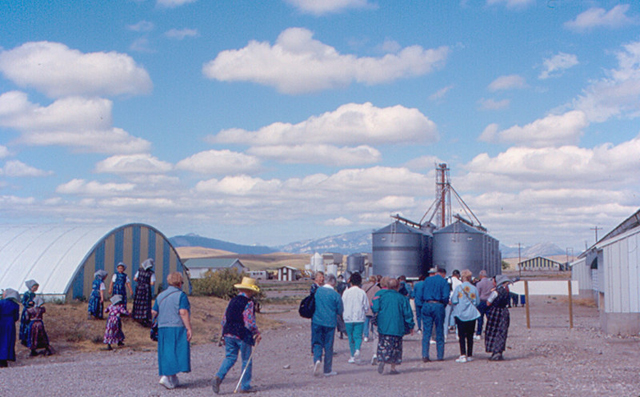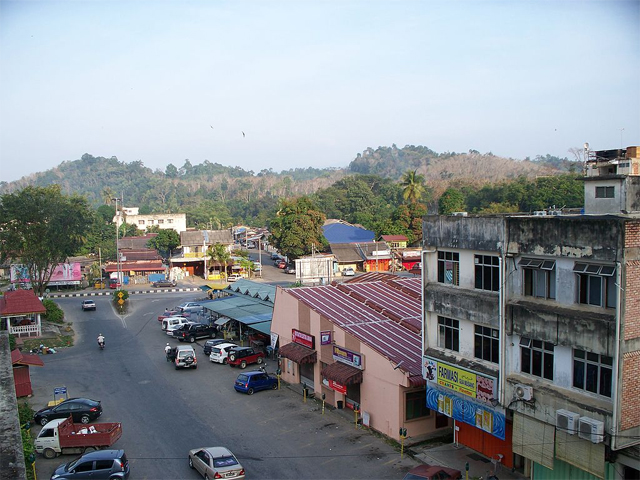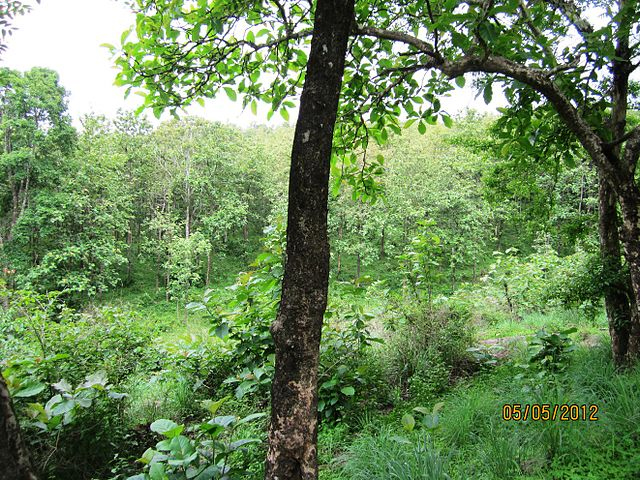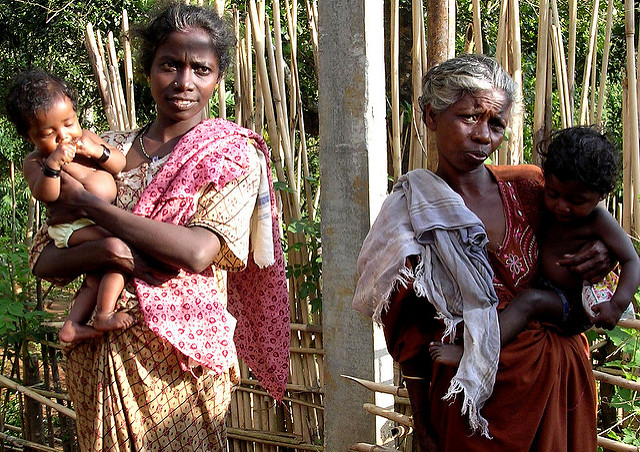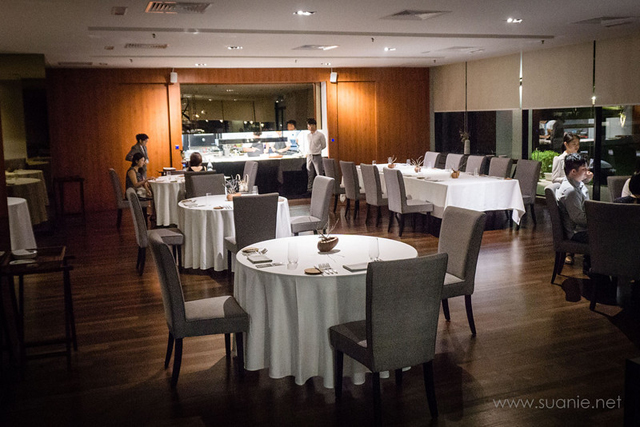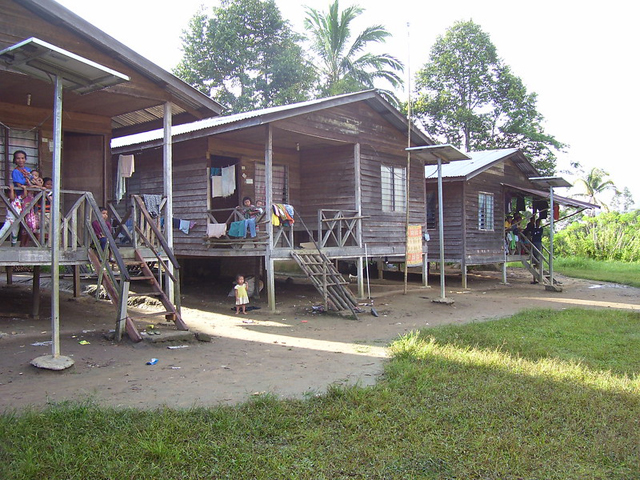A couple Piaroa leaders spoke out in the Venezuelan media to condemn the presence in their communities of people they claimed were FARC guerillas. An article in the online Venezuelan news service El Pitazo on November 25 described the conditions in the Huottoja (Piaroa) majority communities where the guerillas have taken up residence.
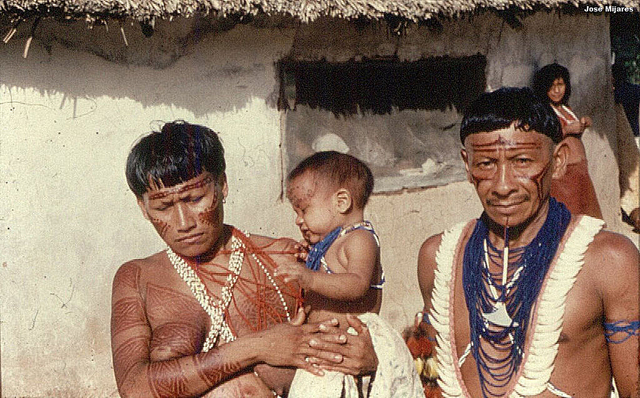
The two Piaroa leaders, Antonio Palacios and Eliseo Martínez, along with their lawyer Juan Alberto Díaz, announced on a radio station that they had held a meeting on October 29 that included people from the southern portion of the Atures municipality. At that meeting, the Piaroa strongly rejected the presence of the FARC guerillas in their communities and throughout Amazonas State.
The attorney indicated that the Piaroa rejection of the FARC forces was overwhelming, especially in the villages in which they are the majority ethic group. They argue that the FARC invaders are violating their human rights as well as their natural rights. Mr. Díaz said that in several of their communities the guerillas are influencing the Piaroa to commit illegal acts.
The Piaroa leaders also maintain their evidence shows the guerillas are being supported by the government of Venezuela. The indigenous spokespeople said they had sent a formal complaint to the appropriate government agencies. But they absolutely refuse to negotiate directly with the guerillas since the latter so clearly disrespect their customs.

According to El Pitazo, complaints about the violent groups in the border areas of Venezuela are not new. The former governor of Amazonas State, Liborio Guarulla, has frequently accused the Maduro government of being the principal financier of the guerillas.
The news service quotes Governor Guarulla directly. In the Google translation of his remarks, he said, “The presence of the guerillas in the Amazon represents the invasion of armed people involved in the mining, food and fuel smuggling businesses. They rule in the mines with government authorization, because they pay the military. It is an open secret. We [have] become a land of illegal mining and Colombian guerillas.”
